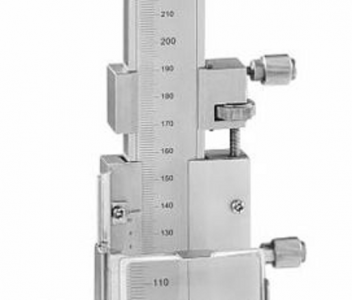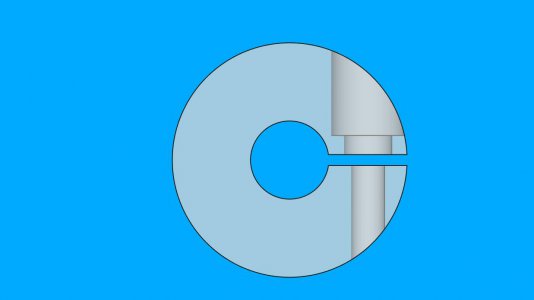For that matter, as it swings (it's a pendulum), it may also bend slightly at the extremities of the swing (though by a small amount since the swing will be kept to only a few degrees). So yes, I've been concerned that 1/4" is too wimpy. Indeed, I was originally planing on an even heavier bob, but after receiving the brass for that, I decided it was too much.
Anyway, the shaft is made of Invar, and getting a heavier shaft in that material is both expensive and difficult at the moment, so I'll take this version to its conclusion, and maybe make a heavier one after I gain more experience with it.
The sliding part will be positioned and repositioned repetitively until the period of the swing is identical when hung both ways, but then locked down semi-permanently. Kater found this to be a very difficult and time-consuming process.


